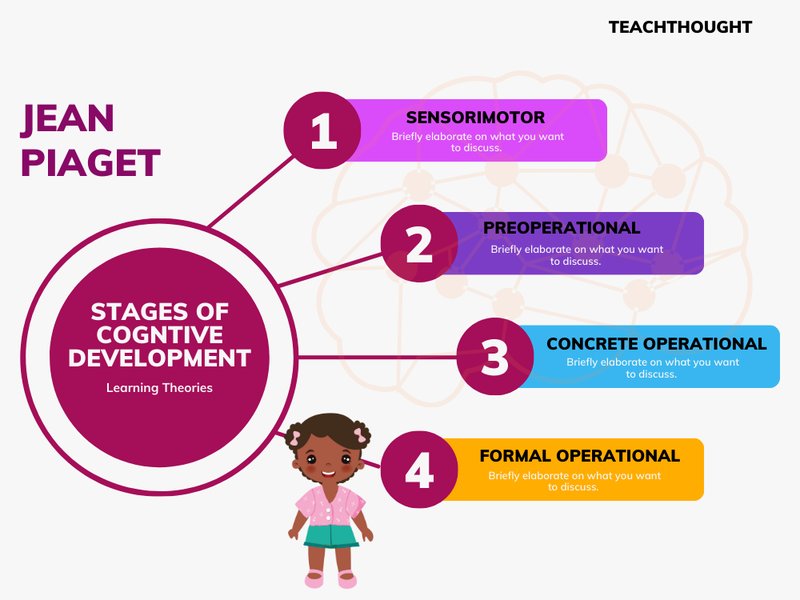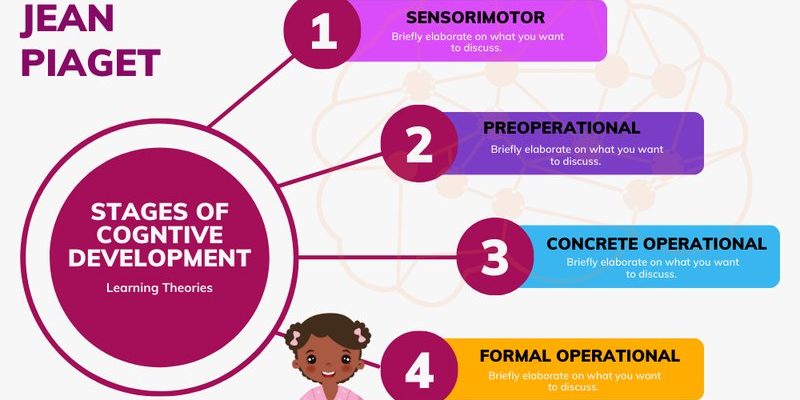
Imagine a stag navigating through dense woods, carefully choosing which paths to take and which dangers to avoid. It’s a bit like a person exploring a new city—making decisions based on instinct, past experiences, and a bit of clever thinking. Today, let’s explore how smart a stag really is, diving into their cognitive abilities and behaviors in a way that’s clear and engaging.
Understanding Stag Intelligence
To grasp how smart a stag is, we first need to define what we mean by intelligence. For stags, intelligence isn’t measured by IQ tests or problem-solving like we might think. Instead, it’s about their ability to adapt, learn from their surroundings, and make smart decisions that help them survive.
Stags are part of the deer family, and they live in diverse habitats ranging from forests to grasslands. Their intelligence allows them to find food, avoid predators, and even interact with other deer in social settings. When you observe a stag moving through its territory, it’s not just wandering aimlessly. It’s searching for food, assessing threats, and remembering where they’ve encountered danger before.
Some studies suggest that deer, including stags, have a form of spatial intelligence. This means they can remember locations of food sources and navigate complex environments effectively. They use their heightened senses—especially smell and hearing—to gather information about their environment, sort of like how humans use GPS and maps to find their way around.
Social Behavior and Communication
You might be surprised to learn how social stags can be. While they are often seen alone or in small groups, they do engage in complex social interactions. For instance, during the mating season, stags engage in rituals that showcase their strength and prowess to attract mates. These behaviors aren’t just instinctual; they involve decision-making and an understanding of social hierarchies.
Stags communicate through a mix of vocalizations, body language, and even scent marking. When you see two stags sparring, they’re not just fighting but testing each other’s strength and understanding their social standing. It’s like a game of chess where every move counts.
Their communication skills also extend to their interactions with does (female deer). You might see them raise their heads, snort, or stomp to send signals during courtship. This ability to communicate effectively shows a level of cognition that’s often overlooked in these magnificent animals.
Memory and Learning Abilities
Memory plays a crucial role in a stag’s survival. They learn from their experiences and adapt their behaviors over time. For example, if a stag encounters danger while feeding in a particular area, it will likely avoid that spot in the future. Imagine learning to avoid a busy street after a close call; that’s how stags manage their safety.
Researchers have found that deer can remember the locations of food sources, water, and potential threats for extended periods. This is known as spatial memory. It’s not just about finding food; it’s having the wisdom to navigate a landscape full of challenges.
They also exhibit a phenomenon called contextual learning, which is learning based on the environment around them. This can include recognizing different sounds that signify danger or remembering which seasons certain food sources are more abundant. This ability to learn and remember is key to their survival.
Problem-Solving Skills
Now, let’s talk about problem-solving. While you might not see stags crafting tools or solving puzzles like some other animals, they show incredible problem-solving skills in more subtle ways. For example, if a stag encounters a fence, it must quickly figure out how to get around it or over it.
Observations have shown that stags can assess their surroundings to find the best routes to food, water, or shelter. They might watch other animals and learn from their behavior, adapting their actions based on what they see. This observational learning is a crucial part of their intelligence.
In a way, solving their daily challenges is like how you might tackle everyday problems—by weighing your options and making smart choices based on what you’ve learned.
Instincts vs. Intelligence
It’s important to note that while stags have impressive cognitive abilities, much of their behavior is driven by instinct. Instincts help them react quickly to dangers or find mates during the breeding season. For example, when a stag senses danger, it doesn’t just rely on learned behavior; it instinctively knows to run or hide.
However, instinct and intelligence often work hand in hand. A stag may instinctively flee from a predator, but its intelligence helps it choose the best escape route or remember previous encounters with that predator. So while they may not think in the same way humans do, their instincts are refined by their experiences, making them quite intelligent in their own right.
Empathy and Social Learning
Interestingly, stags and other deer have shown signs of empathy and social learning. They often observe each other and can respond to the emotions of their peers. For instance, if one stag in a group looks anxious, others may react accordingly, altering their behavior to maintain group safety.
Social learning is crucial for their survival. Young stags learn from older, more experienced members of their group, picking up valuable skills and knowledge. This kind of learning not only fosters community among the deer but also enhances the overall survival rate of the group.
It’s as if they have their own version of passing down wisdom, just like humans do, by sharing experiences and knowledge within their social circles.
The Conclusion: A Deeper Look At Stag Intelligence
So, how smart is a stag? While they might not ace a trivia quiz or solve complex mathematics, their intelligence shines through in many forms. From navigating their environment and remembering vital locations to communicating with each other and learning from experiences, stags demonstrate a level of cognitive abilities that can be quite impressive.
Understanding the intelligence of a stag invites us to appreciate these animals beyond their physical beauty. They are clever, adaptable, and resourceful creatures that play a crucial role in our ecosystems. The next time you spot a stag, take a moment to consider all the intricate ways it interacts with its world—it’s a lot more than just a pretty sight in nature!

